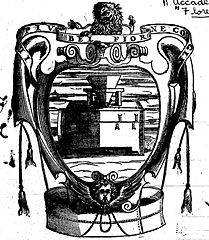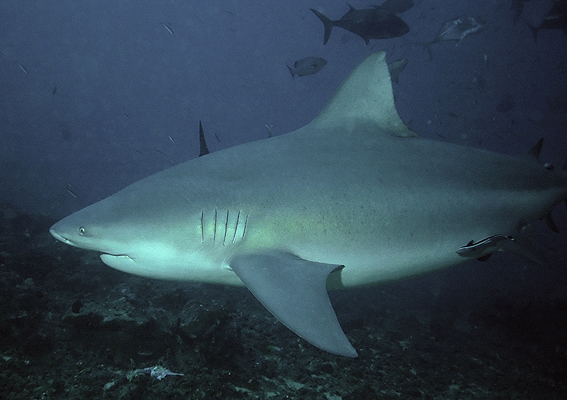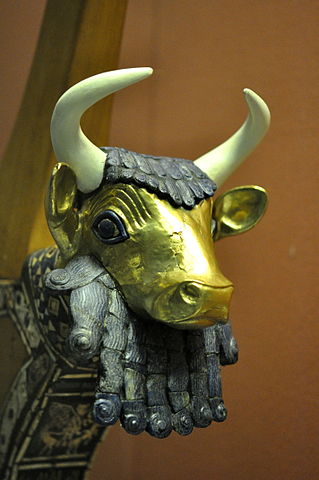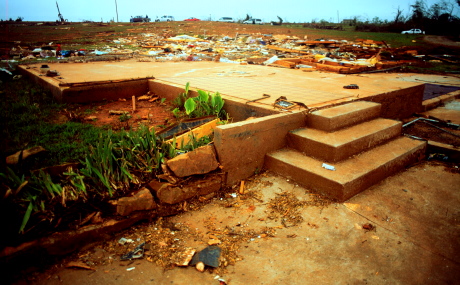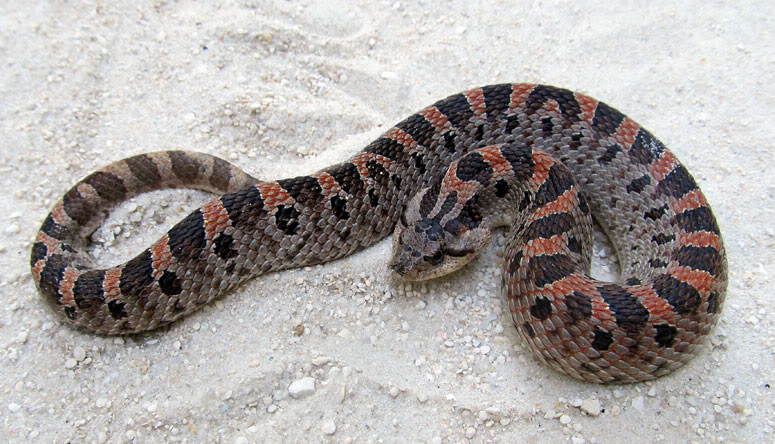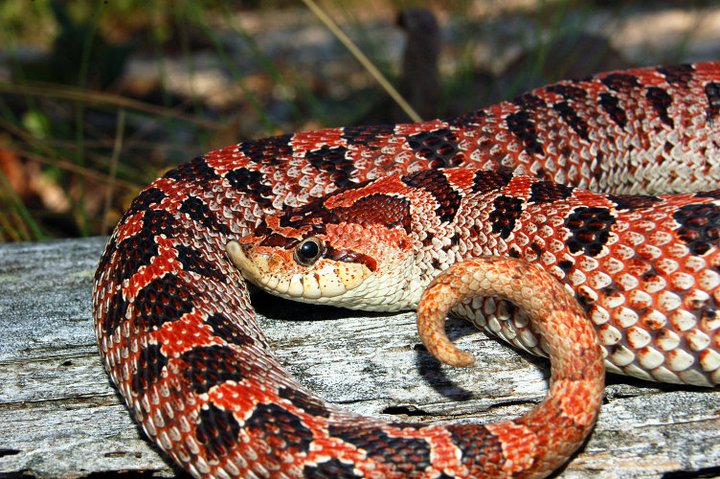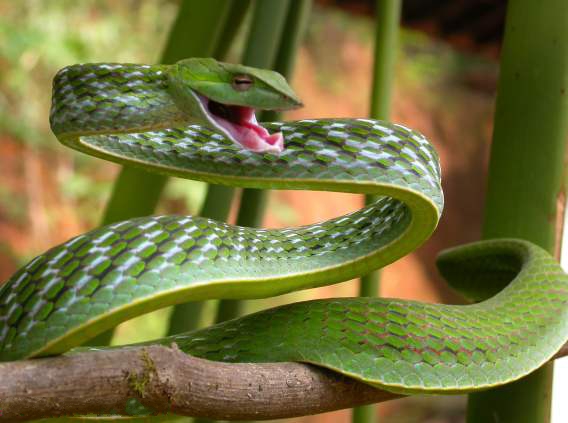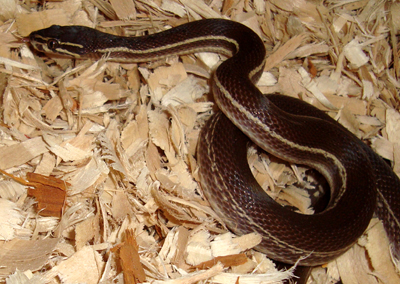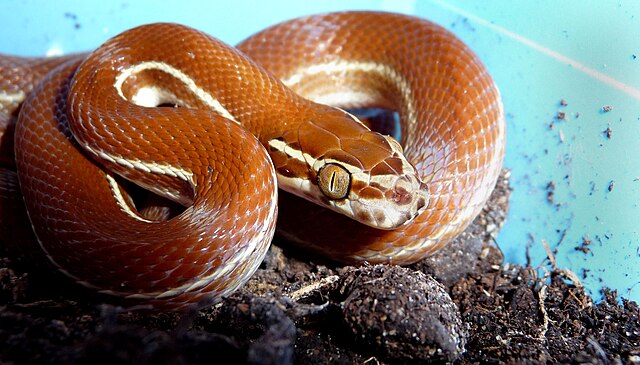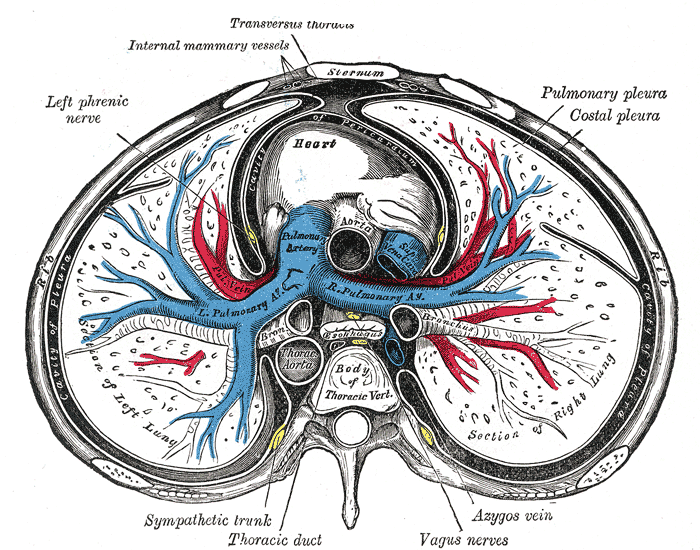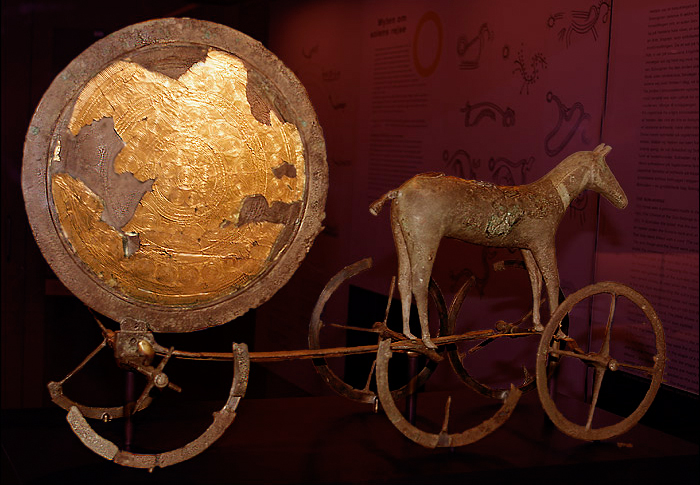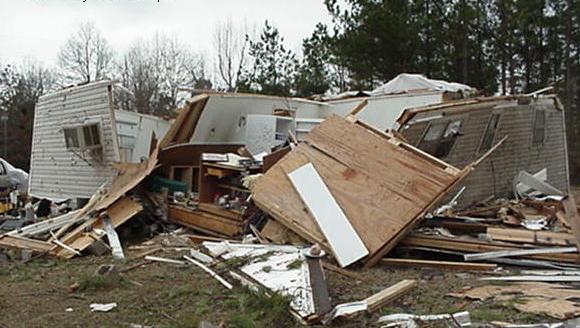We just learned about the
Schnauzer and a whole lot of other types of dogs!
Now let's learn about snakes!
They can be scary and look slimy, but snakes are very important in nature, just like spiders, sharks, alligators and other scary animals.
Snakes help by eating things like mice and rats that carry diseases and eat crops.
They are also food for other larger animals like hawks and eagles!
One type of snake is the
Massasauga, which is a venomous rattle snake.
These snakes can grow to be about 2 feet long, and they are grey with dark brown or black spots on their body.
They are venomous, which means their teeth let out venom to kill their prey when they bite.
Even though the venom can hurt humans, it won't kill them as long as they go to the doctor after getting bitten.
These snakes are shy and try to stay away from humans.
They would only bite a human if they were stepped on or if someone tried to pick them up.
Mostly these snakes eat mice, rats, lizards, frogs, centipedes and even smaller snakes.
Since they do not have arms to hold their prey or big teeth to chew it up, they have to bite something like a lizard, wait for it to stop moving, and then swallow it whole!

(from: wikipedia -
massasauga)
The rattle on the snake's tail is made up of a bunch of little hollow hard pieces of keratin that are hooked together. When the rattle snake is feeling threatened it will shake it's tail to make a rattling sound to warn people to stay away.
Every time that the rattle snake sheds it's skin, it grows another piece for it's rattle.

(from: wikipedia -
rattlesnake)
Kid Facts - Blast from the past:
Spider Sheet Webs






